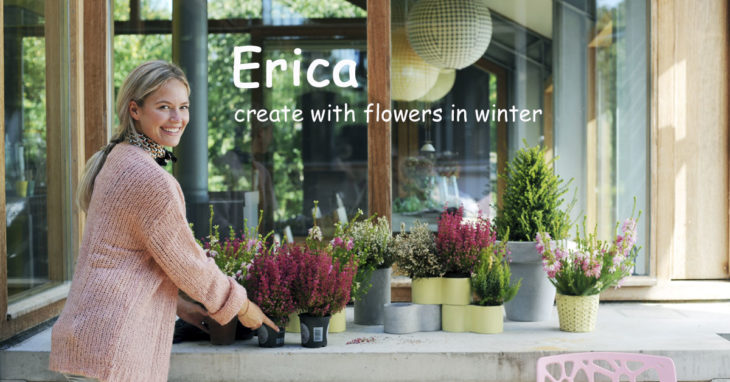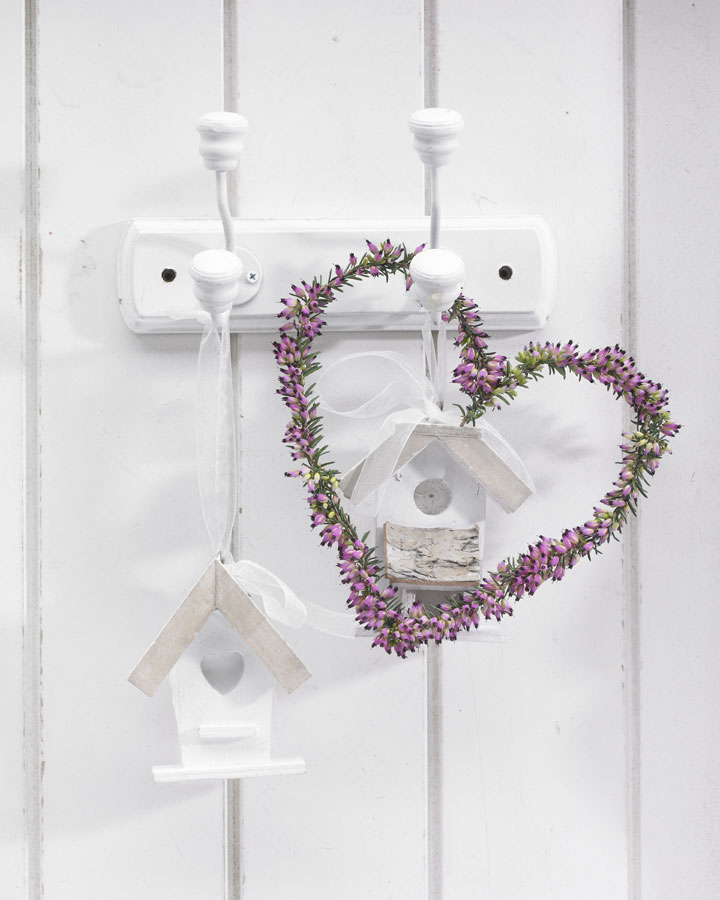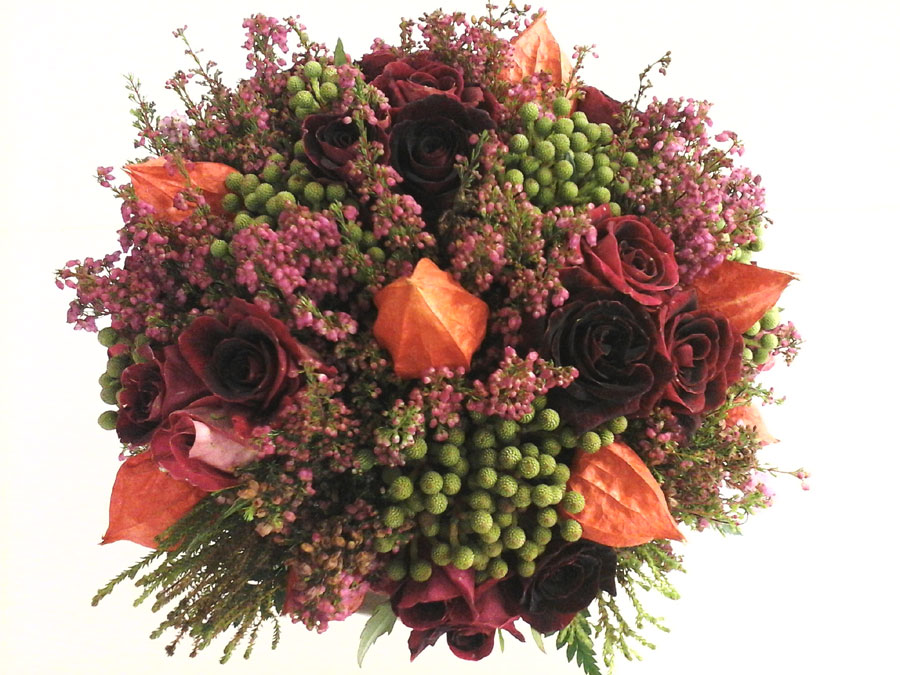Erica garden plant of January 
WINTER HEATHER BRINGS COLOUR TO DARK DAYS The genus Erica is a member of the Ericaceae family, which includes other garden plants including Calluna, Pieris, Rhododendron, Azalea and Gaultheria. They’re beautiful plants to combine together, since they require roughly the same growing conditions and care. Erica is a very extensive genus of plants with hundreds of species, most of which originate from southern Africa. The species that are sold in January are hardy and widely available from garden centres and florists. The most important two species, Erica carnea and Erica darleyensis, are real winter heathers and flower from December to March/April. Erica carnea is more compact, and Erica darleyensis has a looser growing habit. They look attractive in group plantings in borders or pots. There are many cultivars of both species. The colours are pink, lilac or white. Erica and Calluna (ling or summer heather) are sometimes confused. They are easily distinguished: Erica’s leaves are always needles, whilst Calluna has scale-shaped leaves.
Anyone who goes walking on the moors will recognise Erica straightaway. A beautiful, almost endless carpet of colourful ground-covering plants with flowers that give colour in the cold months. And who wouldn’t like that in their garden or on their patio or balcony in January? When it has finished flowering, Erica is also an attractive addition to the garden all year round with just a bit of care. Evergreen, ground-covering and easy!
In addition to the colour of the flowers, the foliage can also be different colours: green, yellow, orange and bronze are all eye-catching.
CARING
Winter heather plants prefer an acid soil. You can use special heather mixture to create acid soil, or add garden turf or partly composted conifer needles to the soil. Erica carnea will also tolerate less acid soil, so it can cope with chalky soil.
It’s important that the soil is damp and well-draining. The plants do well in full sun, but also in partial shade. Erica combines well with other acid-loving plants like conifers and plants from the Ericaceae family. You can remove brown wilted flowers by running your hand through the plant. This ensures that the plants continue to look good.
PRUNING TIPS
On the moors, sheep play an important role in keeping the plants under control. They nibble off the tops of the plants – a kind of pruning.
It’s therefore also a good idea to keep Erica ‘down’ in the garden as well. If winter heather plants are not pruned regularly, they will only produce flowers on long woody stems. This will give them a less attractive shape, and after a while their nice compact ground-covering characteristics will be lost. Pruning back to the old wood is also less likely to produce new shoots. Pruning these plants is therefore an ongoing task that should be done every year.
Prune the heather plants when they have finished flowering in March. For winter-flowering Erica plants, pruning in April or May is best. It easiest to prune with secateurs, so that the plant is neatly trimmed. If it’s a very large expanse of Erica, garden shears are also an option. Pruning ensures the plants continue to grow well, produce plenty of flowers next winter and remain young and healthy.
TABLE SETTINGS WITH ERICA

Click on image preview to enlarge
Callunas and Ericas don’t only transform the garden and patio into a sea of colour, they also brighten up the home with their colourful variety. Whether you put them in the living room, kitchen or bathroom – these versatile heathers can be used in many different ways. Using pumpkins or decorative squashes in autumn and winter arrangements is particularly beautiful.They are fun and form a solid contrast to the delicate heather sprigs in the arrangement. The cheerfulness of the heathers is catching and helps create an upbeat atmosphere. This starts right at the outset when you are creating the heather arrangement. Ericas and Callunas are always available for you to use in novelty creations and original combinations, fitting as they do into every interior design style. Heather enhances simple containers as well as unusual ones. Natural materials such as physalis, nuts, decorative gherkins, rosehips and ivy as well as berries and blossom work with these autumn-winter flowering plants as do coloured ribbons of felt, organza or pearls. The glowing red of erica gracilis and the strong orange of pumpkins and physalis set each other afire and exudea comforting warmth.
Cut Erica lasts long without losing its flowers nor the brilliance of its colour and you can therefore use it for your floral arrangements which will last several weeks.
GARDEN PLANT OF THE MONTH
Erica is in the spotlight in January as the Garden Plant of the Month. ‘Garden Plant of the Month’ is an initiative by Thejoyofplants.co.uk. Growers and horticultural specialists from the floriculture sector select a garden plant every month at the request of Thejoyofplants.co.uk in order to inspire and enthuse.
http://www.flowercouncil.co.uk/

















